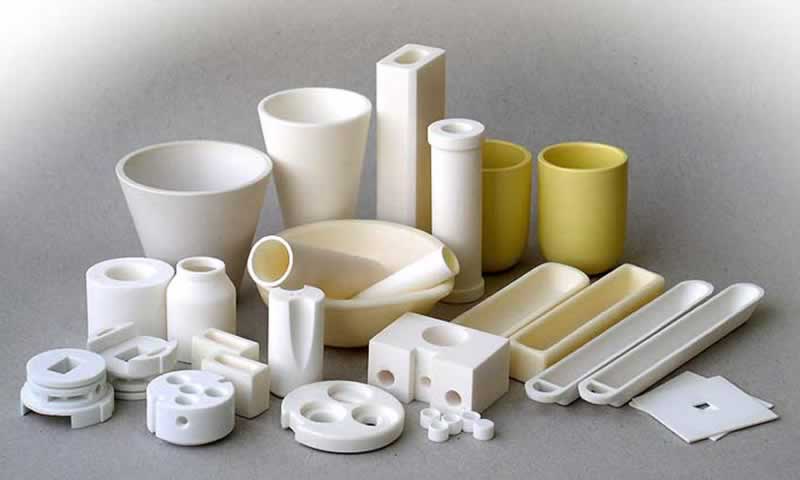Do you know how ceramics are made? Do you know where they are used? Are you sure what ceramics are? If you don't work directly with these materials, you probably don't know much about the topic. But maybe you should; Ceramics are all around us and have many uses that you may not be familiar with. One way to get relatively inexpensive but extremely durable ceramic parts is by injection molding – essentially a process similar to plastic molding, in which the material is injected into a mold and cured, creating perfect copies that can be used interchangeably. It doesn't take a genius to realize how useful this can be.
We contacted the injection molding specialists at Wunder Mold in California to learn more about the process itself and some of the most common applications.
How it all started
The technology of injection molding ceramics may sound like the latest development in material design, but it has been around for some time. In fact, the original injection molding technology has been around for a hundred years. Injection molding was developed to make the bodies of spark plugs, an important part of internal combustion engines that drive (and still drive) our cars and similar vehicles. Here, however, technology stagnated and persisted for over half a century. It was only in the 80s and 90s that new applications for injection molded ceramics were found because the technology became better and more precise.
Applications
Given that ceramic is a very malleable material that can be treated to become very hard and tough, the applications for injection molded ceramics are quite wide and varied. Another important property of ceramic is that it is chemically inert (it does not react chemically with other substances) and is an electrical insulator. It is therefore not surprising that many of the applications of injection molded ceramics are in the chemical and electronic sectors. Regardless of whether you want to prevent harmful chemicals from damaging less resistant materials or protect our devices from high voltages, ceramic parts are extremely durable and can be replaced relatively easily thanks to the precision of injection molding. Another area in which ceramic materials have become indispensable is the dental industry. Ceramic teeth have numerous properties that are similar to our natural teeth, including the look, which made them the preferred choice over other materials.

Advantages of injection molding compared to other production methods
Although it sounds like a very simple production process, injection molding has its own challenges. First of all, the mold itself has to be manufactured according to very precise specifications, which means that injection-molded ceramics are only suitable if a large number of objects have to be produced. Once the mold is made, however, injection molding is a great process. It can be used to make an indefinite number of identical copies, all of which have the same properties. These parts can also have complex shapes thanks to the production methods, and you can expect all parts to be of the same quality, which is very important in many industrial applications.
The future of injection molding
The technology of injection molding is continuously researched and improved thanks to the wide range of potential and current applications. In connection with new materials, ceramic parts can become more durable, stronger or less chemically reactive depending on the specific requirements of the application. This is an industry that has just been developed and will likely see many more improvements in the near future.




